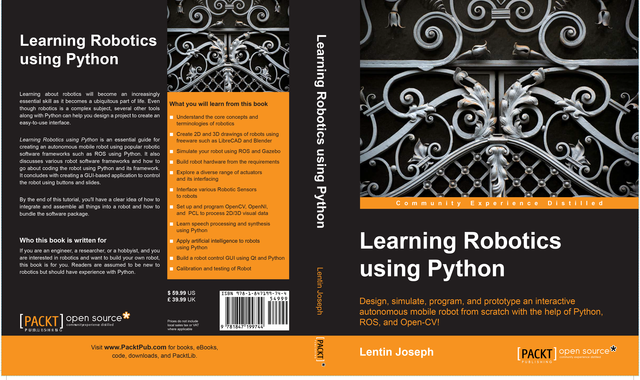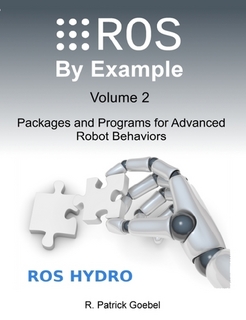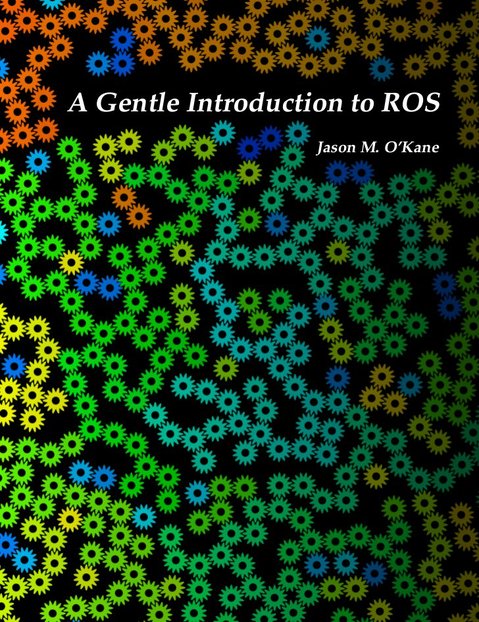From Anis Koubaa of Springer Publishing via ros-users@Hello,
With respect to our last
interaction about editing a complete reference book on ROS, I am happy
to inform that the official call for chapters for the Springer Book on
Robot Operating Systems is now open.
The book will be published by Springer under the book series "Studies in Systems, Decision and Control".
We
look forward to receiving your contributions to make this book
successful and useful for ROS community. The call for chapters website
(see above) presents in details the scope of the book, the different
categories of chapters, topics of interest, and submission procedure.
In a nutshell, abstracts must be submitted by January 05, 2015
to register the chapters and to identify in advance any possible
similarities of chapter contents. Full chapters submission is due on March 01, 2015.
Submissions and the review process will be handle through
EasyChair.
Each chapter will be reviewed by at least three expert reviewers, one at least should be a ROS user and/or developer.
We
look for the collaboration of ROS community users to provide reviews
and feedback about proposals and chapters to be submitted for the book.
If you are interested to participate in the review process, please
consider filling in
the following reviewer interest form.
We look forward to receiving your contribution for a successful ROS reference!
Update:
Just to emphasise that submission of full chapters is on March 01 and that abstract are on January 05.
If some authors would like to submit more than one chapter and would like to have an extension, please let me know in advance.
-thumb-640x162-1416.png)










